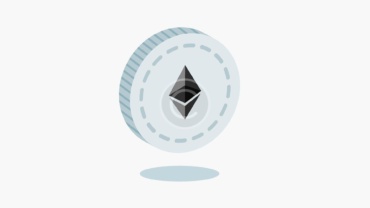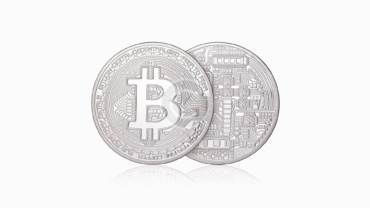
Cryptocurrencies-the domain in which Ethereum is an innovation and opportunity. Commencing from the concept of Vitalik Buterin in 2013 and being launched in 2015, Ethereum represented an establishment that, within a short period, had become one of the biggest players in the landscape of digital currencies. However, Ethereum is not just another cryptocurrency; it is a decentralized platform enabling users to create smart contracts as well as DApps, opening up, therefore, a new world of blockchain technology.
Understanding Ethereum
Ethereum basically constitutes a decentralized platform that enables the execution of smart contracts: “self-executing contracts with the terms of the agreement directly written into lines of code. Smart contracts execute automatically when predetermined conditions are met, eliminating the need for intermediaries.” This has evolved numerous possibilities from finance and supply chains to voting and even gaming.
Ether: The Fuel of the Ethereum Ecosystem
Ether is the native cryptocurrency of the Ethereum platform and burns as fuel for transactions and application executions on the network. Apart from being a digital currency, ETH has important functions such as compensating users participating in the network; securing the Ethereum blockchain using proof-of-stake, or PoS, a consensus mechanism; and smart contracts.
Decentralized Finance (DeFi) and Ethereum
One of the largest contributions made by Ethereum in the financial sector is the development of decentralized finance applications. In general, DeFi is the financial services and applications that make use of blockchain technology to provide their users with access to all sorts of financial instruments in a decentralized way without any intermediate such as banks or brokers. This includes decentralized exchanges, lending, borrowing platforms, yield farming protocols, and so much more. The programmability and flexibility of Ethereum have made it a key platform to build DeFi applications that have locked in billions of dollars in the protocols.
Ethereum 2.0: The Next Evolution
While not resting on its laurels, Ethereum 2.0, also referred to as Eth2 or Serenity, is a serious upgrade of the Ethereum network to enhance scalability, security, and stability. Examples of such updates include the shift away from Ethereum 1.0 Proof-of-Work consensus algorithm towards using Proof-of-Stake. PoS is going to save considerable amounts of energy currently used for mining Ethereum as well as develop network security and efficiency. Additional to this, Ethereum 2.0 shall introduce shard chains, that power further sophisticated transactions processing and smart contracts execution, thus solidifying Ethereum’s position as the number blockchain platform.
Challenges and Opportunities
Despite its innovative technology and vast adoption, Ethereum faces a few substantial challenges. Among the most significant are issues of scalability, high gas fees during times of network congestion, and competition from other blockchain platforms. But its strong network effects, combined with continuous innovation from an active developer community, will put it in a good position to overcome those challenges and take advantage of new opportunities that will continue to change the landscape of blockchain technology.
Conclusion





